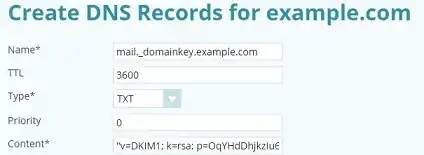Unfortunately there are many different filtering techniques and some major mail providers won't publish what they use and/or what weights are given to various tests/filters, so knowing how to get through is difficult. Basically spam has driven ISPs and users into a situation where they sometimes make it difficult for such legitimate messages (especially bulk messages such as your newsletter) to get through. I no longer consider email to be the half-way-reliable transport method it once was.
To be a little less negative and more helpful... As you are having specific problems with a particular client there may be things the program can tell you. I don't know specifically about outlook as I don't use it anywhere myself, but many mail filters inject headers into messages to list what filters were used, what the result was, and what the weighting given to that filter was. So if you look at the full source of the messages they did get moved to junk folders you may find useful clues. As an example, SpamAssassin based filters inject headers of the following form:
X-Spam-Flag: YES
X-Spam-Score: 13.371
X-Spam-Level: *************
X-Spam-Status: Yes, score=13.371 tagged_above=-10 required=5.4
tests=[BAYES_99=3.5, FB_GET_MEDS=0.803, RCVD_IN_SORBS_WEB=0.619,
RCVD_IN_XBL=3.033, RDNS_NONE=0.1, URIBL_AB_SURBL=1.86,
URIBL_BLACK=1.955, URIBL_JP_SURBL=1.501]
(that example has been plucked from a genuine spam message in my junk pile)
This is not definite though as bayesian filtering and other methods that involve user training are common - so what your filters pass and fail may differ markedly to other people's even though the client was configured identically out-of-the-box. You might have to consider some other outlet for your news (many people are trying to use social networking protocols for this, with varying degrees of success).
